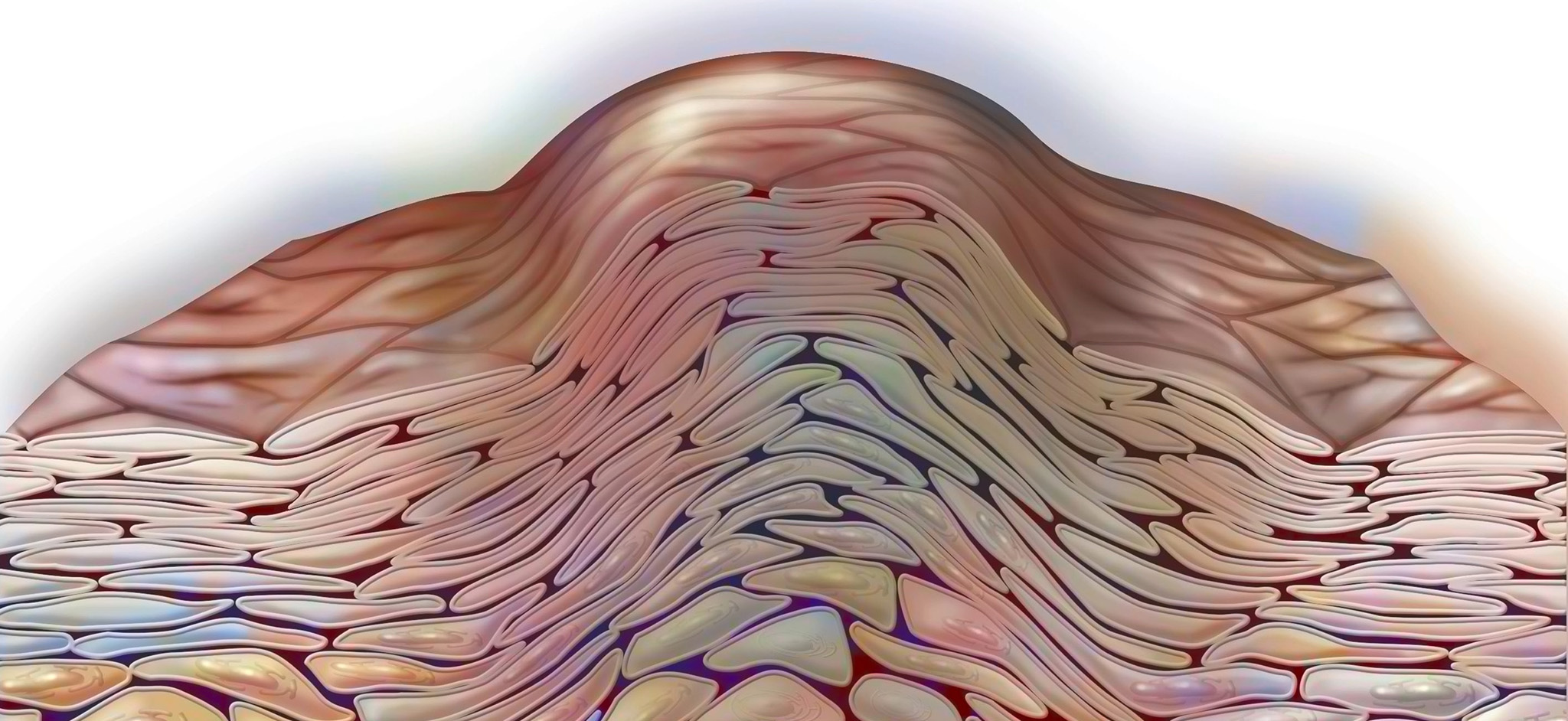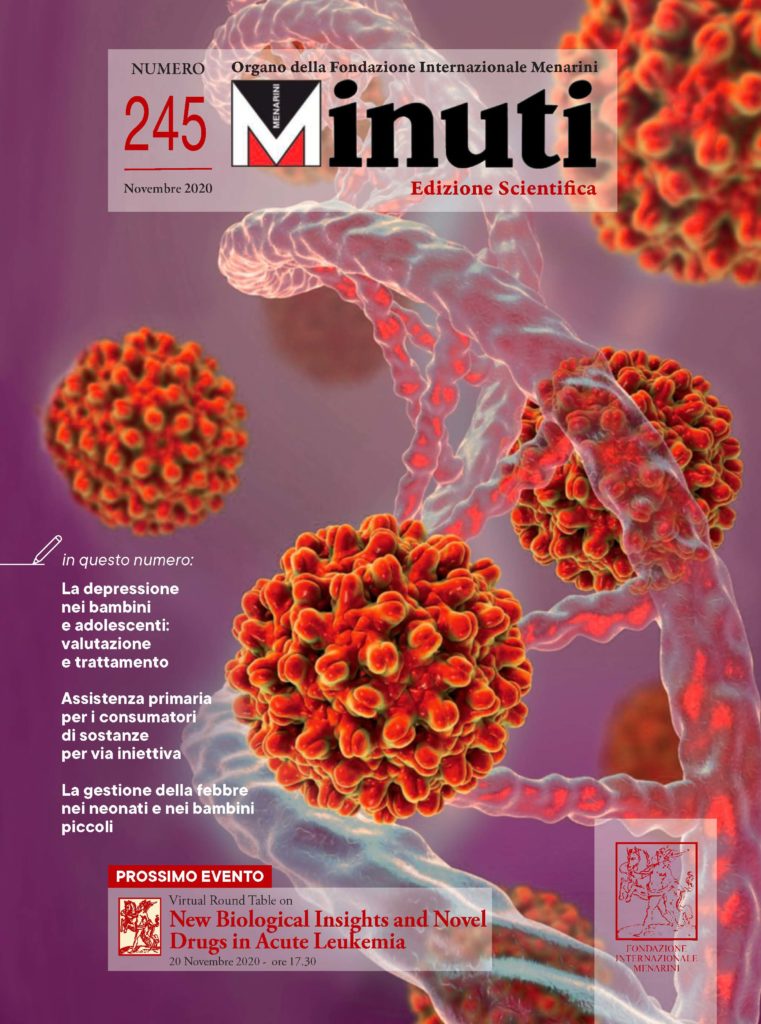
Diagnosing Common Benign Skin Tumors
di Joy Shen-Wagner, Dr. Joel Amidon, Dr. Stephen Carek • February 2025
Patients commonly present to family physicians with skin findings, and distinguishing common benign skin tumors from potentially malignant tumors is important. Benign skin tumors can often be diagnosed by their history, distribution, and characteristic morphology. A biopsy or excision is indicated if there is diagnostic uncertainty or the lesion undergoes uncharacteristic or rapid change. A keratoacanthoma is a dome-shaped nodule with a central crater and can be difficult to distinguish from squamous cell carcinomas even with dermoscopy. Pilar cysts are typically benign, but rapidly growing types could have malignant qualities. Dermoid cysts, depending on their location, can have intracranial extension if untreated. Although dermatofibromas and seborrheic keratoses are benign, atypical presentations must be differentiated from melanomas. Sebaceous hyperplasia can mimic early basal cell carcinoma. Treatment options for cherry angiomas, acrochordons, slow-growing pilar cysts, and dermatofibromas should be individualized to skin type, lesion characteristics, and the patient’s cosmetic preference. Generally, excision is the treatment of choice for keratoacanthomas, rapidly proliferating pilar cysts, and dermoid cysts. Cherry angiomas are treated with laser therapy and sebaceous hyperplasia with electrodesiccation. Common treatments for acrochordons and seborrheic keratoses are shave excision and cryotherapy. Pyogenic granulomas sometimes self-involute but bleed easily and often recur at the original site. They generally respond to shave excision and electrodesiccation. In patients with darker skin, treatment with cryotherapy and laser therapy should include discussions about hypopigmentation risk.
Am Fam Physician. 2024: 110(4):353-361. Copyright © 2024 American Academy of Family Physicians.
Am Fam Physician. 2024: 110(4):353-361. Copyright © 2024 American Academy of Family Physicians.
Related Articles
Monoartrite acuta: diagnosi negli adulti
di
Dr. Jeremy Swisher, Dr. Zachary Sitton, Dr.ssa Kimberly Burbank, Dr. Chris Nelson
November 2025
Highlights
di
Aaron Saguil, Matthew V. Fargo
∙
February 2021







